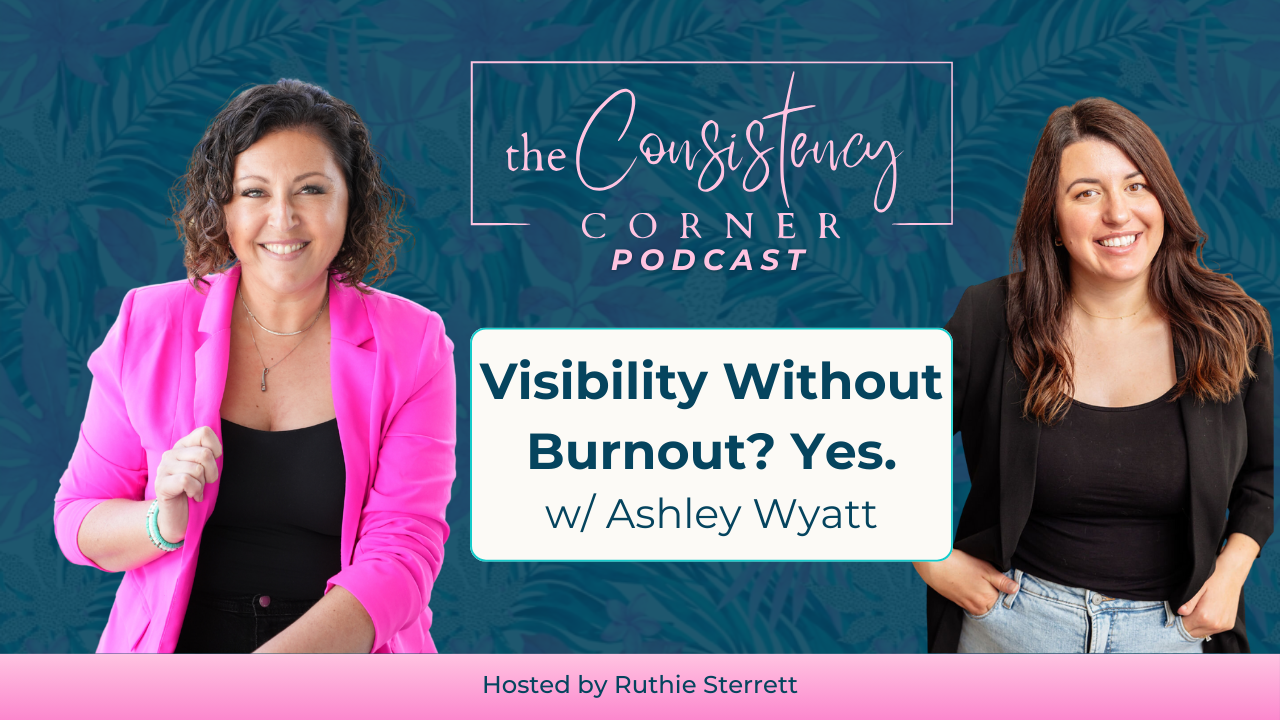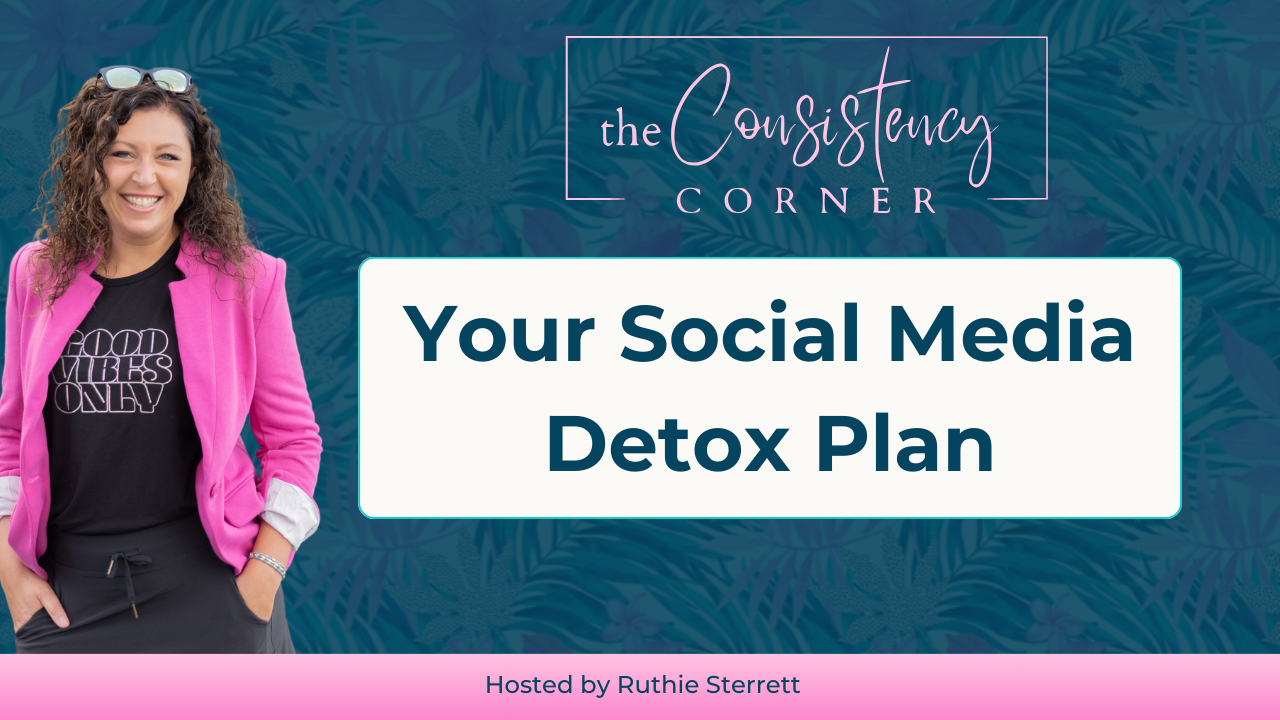How to Optimize Marketing Efficiency by Setting Intentional Business Goals

Set intentional business goals with the sales equation and marketing funnel to maximize the efficiency and effectiveness of your marketing plan.
You know sales matter, but how do you even get there? What you are trying may not be working, so what should you do instead? Knowing your intentional business goals is the first step to creating an effective and efficient marketing plan.
As a business owner, you have enough on your to do list, you don’t want to spend time throwing spaghetti at the wall with marketing that may or may not work. Even worse, you don’t want to waste money on marketing that doesn’t move the needle on your business goals.
But in order to make sure your marketing plan is pointed in the right direction, you’ve got to clearly define your business goals..and it goes deeper than just a sales number.
With intention and a strategic plan, working backward through the sales equation and the marketing funnel will help you choose marketing strategies and plan your content with confidence.
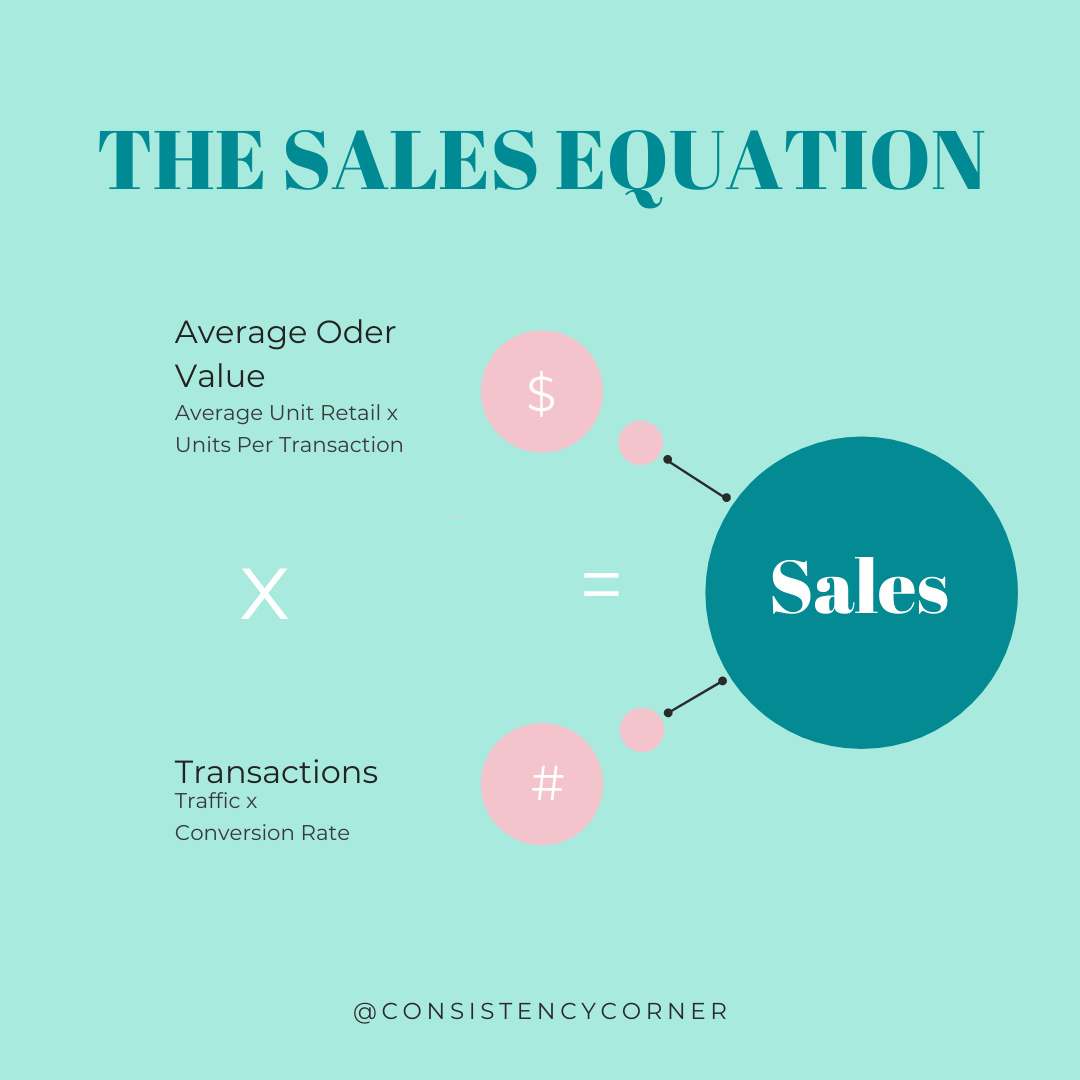
They sales equation helps us work backwards through transactions and average order value, and digging into metrics such as traffic, conversion rate, units per transaction and average unit retail. Knowing which of these we want to influence will help us strategically focus on promotions, sales strategies, content, and marketing activations that impact each needle.
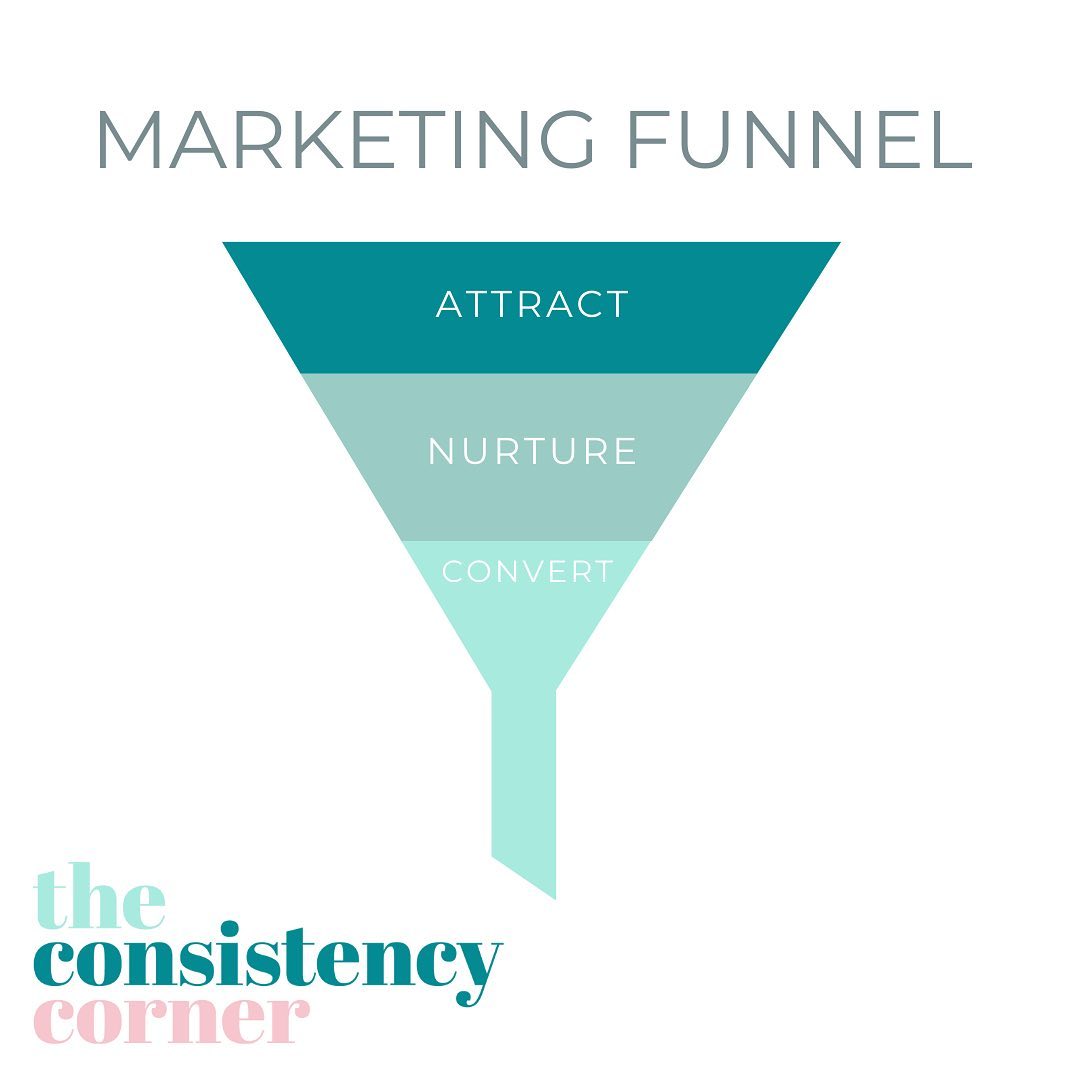
The marketing funnel of attracting, nurturing and converting your audience is also an important concept to understand, and will help us maximize our marketing plan when we learn how the parts of the funnel work together.
The Sales Equation
The Sales Equation is a basic formula that helps you see what influences your total sales. Your sales revenue, broken down simply, is your Average Order Value x Your Total Transactions.
As an example, if you have a cupcake shop and your average order value is $10 and you have 100 transactions, your sales revenue is $100. If you want to raise your sales revenue, you can work on raising your number of transactions, your average order value, or both.
Average Order Value

The Average Order Value is your Average Unit Retail x Average Units Per Transaction. If we go back to the cupcake example it might look like this. A cupcake is $5 and most customers buy 2 cupcakes.
$5 (Average Unit Retail) x 2 Cupcakes (Units Per Transaction) = $10 (this is our Average Order Value)
If we want to raise our Average Order Value we can do that by selling higher priced items (for example, Specialty Cupcakes that cost $7 each) or selling more Units per Transaction. Our UPTs can be impacted by adding on sprinkles, a drink, or bundling the cupcakes with a Buy 2 Get 2 Half Off promotion. Keep in mind, as you change your Average Unit Retail, the customer may buy more or less units, so these numbers often fluctuate together when you leverage promotions or discounts.
In a retail store you can impact AUR by merchandising higher priced items at the front of the store, or highest traffic location, or featuring these higher price point items prominently on your website.
There’s a lot to be said about volume of lower AUR items contributing to your total sales, and it’s important to look at AUR in relation to your profit margins, brand values, ideal customer and long term business goals.
While increasing your AUR or UPTs can raise your total sales, you can also increase sales by having more transactions.
Transactions
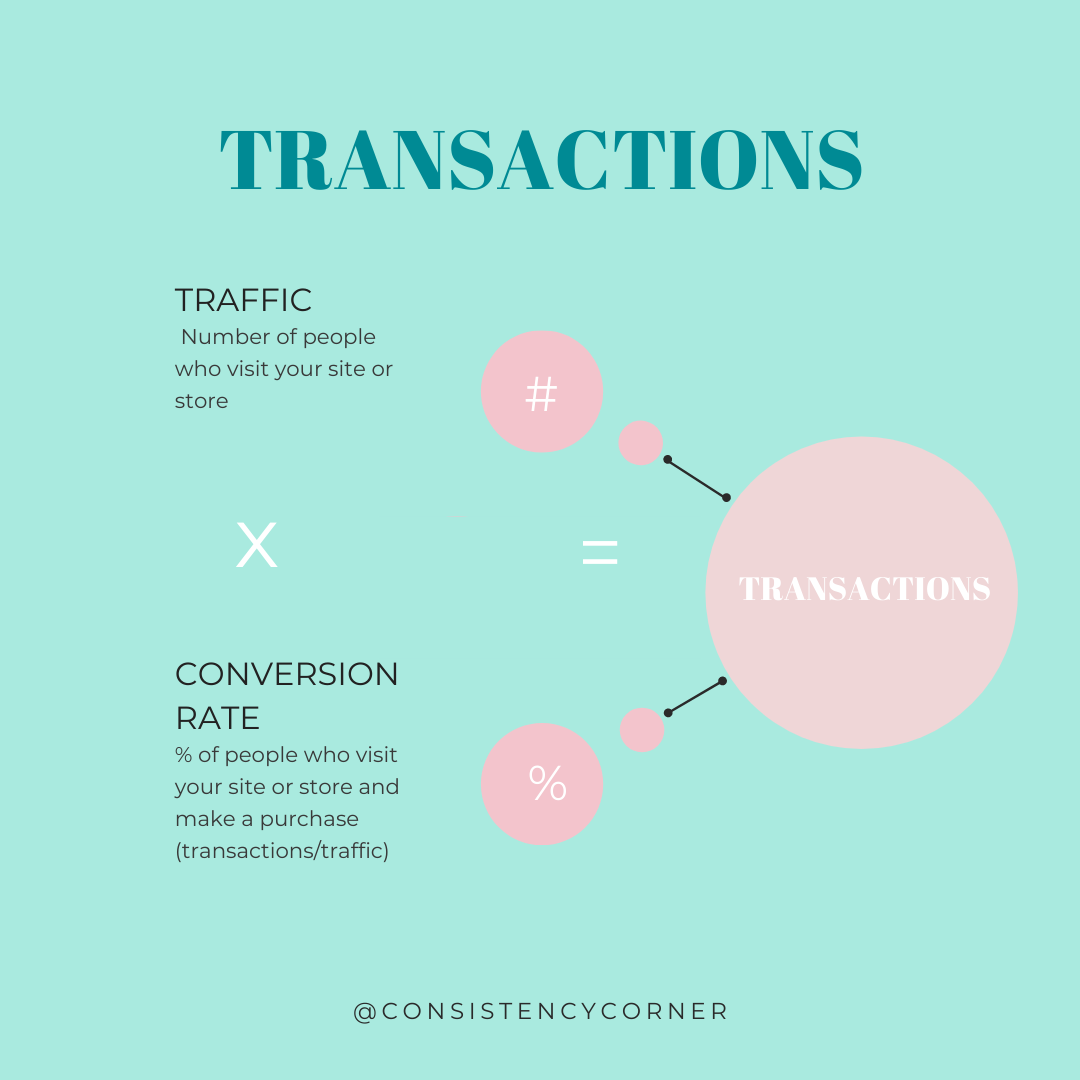
Setting transaction goals is heavily dependent on two factors, your traffic and conversion rate. Let’s look at an example of an online seller. If you have a goal of 100 transactions in a day, but only 50 users visit your website per day, even with 100% conversion rate that goal of 100 transactions is unrealistic. It’s important to know your baseline daily, weekly, or monthly traffic as well as your conversion rate when setting transaction goals, because those are the two things you can influence to increase the number of transactions.
Understanding Conversion Rate
Conversion rate is the % of traffic that converts to a sale. To put it simply, if 10 people walk into your store and 3 of them buy something, you have a 30% conversion rate. If your traffic stays the same, but you convert 1 more looker into a buyer, your conversion rate is now 40% and your sales will be higher.
Just like UPT and AUR can inversely fluctuate, your conversion rate will likely go down with higher traffic, but knowing your baselines is important to setting intentional goals and optimizing your sales and marketing funnel.
Conversion is influenced by A LOT of factors, and there are A LOT of ways to increase your traffic, let’s dig into the Marketing Funnel to discuss attract, nurture and conversion activations and content.
The Marketing Funnel
If you don’t know where in the funnel you are targeting, it’s time to get clearer on your marketing strategy! You can’t do all things with one single post or piece of content.
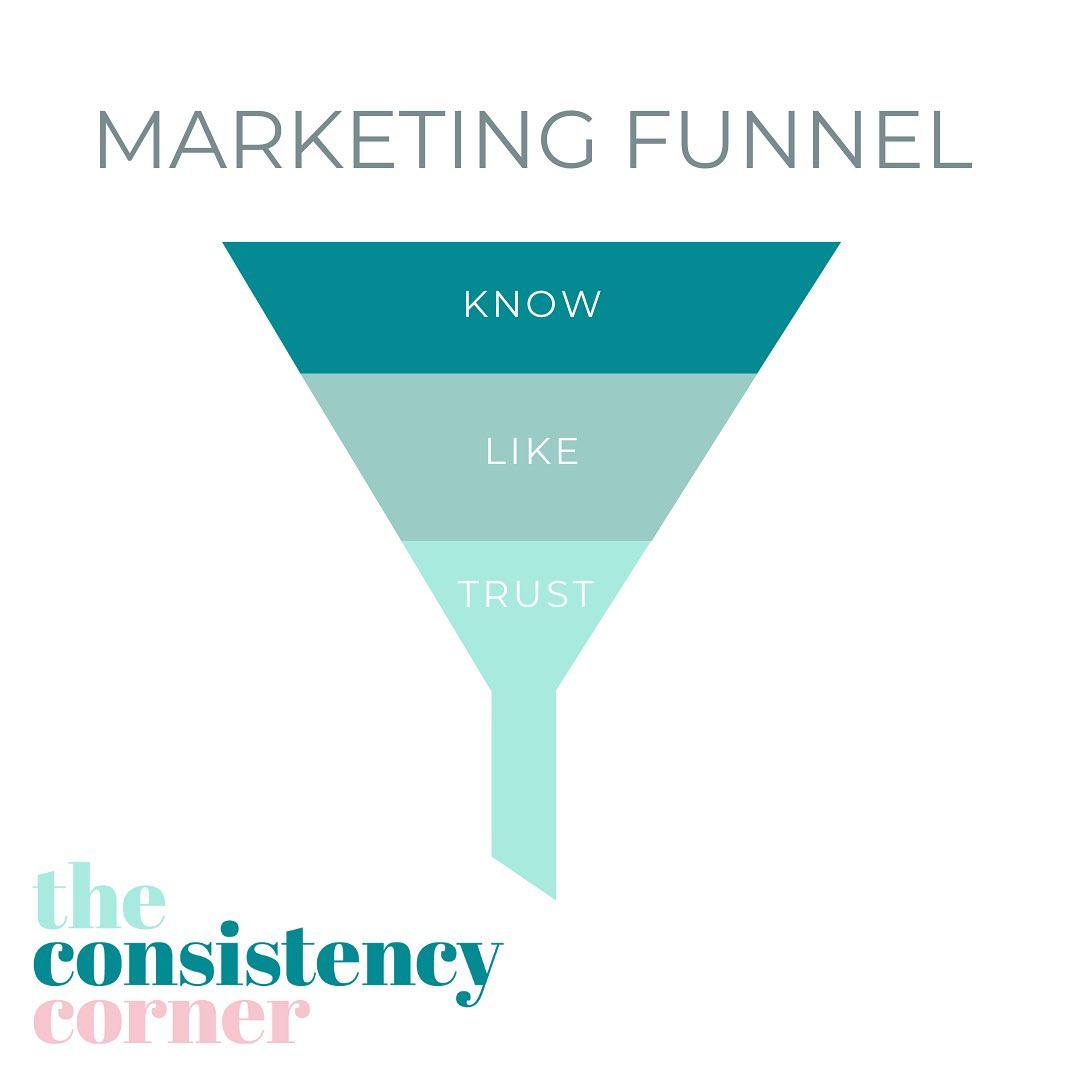
You can’t attract, nurture, and convert your audience with one single post. It takes a variety. It takes a content plan. It takes strategic business goals and a marketing roadmap. Let’s break down the parts of the funnel and understand the goal of each part.
Attract (Do They Know Who You Are?)
The top of the funnel is all about getting more viewers, more eyeballs, more people aware of your business. People can't buy from you if they don't know you exist! Old school or mass market strategies for awareness marketing include billboards, tv commercials, newspaper ads or even public relations or collaborations. Newer attract strategies include hashtags, paid search, paid social, search engine optimization and lead generators.
And while you do want more people to know who you are, it's important to make sure it's people within your niche (that ideal client!) that you are staying focused on attracting. If your ideal client is a mom with kids, attract strategies should be focused on where she hangs out.
The attract phase of the funnel can feel like a waste of time sometimes, because it doesn't directly lead to sales. But if you are not filling the top of your funnel, you'll never have an audience to move down the funnel and actually become customers. Metrics that help you understand how you are doing at attracting potential customers include web traffic, in store traffic, impressions and reach on social media, views on Pinterest or downloads on a podcast.
Nurture (Do They Like You?)
I think the nurture phase is my favorite. It's all about adding value and providing content that helps your audience get to know you better and start to like you. This is where you get to take your expertise and really help your audience! Whether it's helpful blogs, infographics, podcasts, videos, downloads, teaching or inspiring social posts or even behind the scenes personal stories, the nurture phase is where your audience sees your sparkle.
The nurture phase is not about asking for the sale. You are providing information, inspiration or education with no expectation of anything in return. You are truly serving your audience here. And your audience is deciding if they like you! The more you focus on the strategy and quality of your content (use that Content Planning Bundle!) the stronger your future phase (convert) will be. The nurture phase is moving people down the funnel who are more likely to buy.
Now, not everyone who moves into the attract phase will move into the nurture phase and that's ok.
As an example, I might share a quote about growth mindset and attract a lot of other female business owners. That's great right? Yes, I’m filling the top of my funnel.
Then I might have a poll in my stories about planning your content for next month and asking who needs help. Most people vote that their content is already done, and only 1 votes that they are overwhelmed thinking about it.
Everyone who voted they are done, is not my ideal customer because they don't need what I offer. And that's ok!
Those top of funnel connections that are established business owners with solid marketing plans still matter by being in my community and expanding my network, but many of them are not going to continue to engage with me because they are not my ideal customer and they don't need support with their marketing and branding.
What is important to remember is this, the nurture phase helps move the RIGHT customer into the conversion phase and ultimately increases your conversion rate if you’ve attracted qualified leads.
Convert: (Do They Trust You?)
But what about the few that voted that they need help with content planning? Those are the candidates that could potentially move into the convert or "trust" phase of the funnel.
They've gotten to know me and see value in the content I provide, and if working with a coach to clarify their branding and marketing is something they decide to invest in, they could move to the convert phase by purchasing a course, registering for a workshop, or booking a discovery call to work together one on one.
You can hear more about the Marketing Funnel on Episode 23 of The Consistency Corner Podcast
Get Intentional, Get Better Strategy.
Now that we’ve walked through the sales equation and marketing funnel, I hope you are thinking about your current marketing strategy and how you can streamline. The more intentional you are with your business goals, the more you can optimize your marketing plan to get a better return on investment. And when I talk about ROI, I don’t just mean with ad dollars.
Investing your time in creating content, scheduling emails, designing nurture strategies and planning promotions or campaigns are all important investments in your business. Marketing can feel overwhelming when we are trying to do all the things, so I hope working backwards has helped you streamline your focus.
If you need support in creating the bridge between your brand and your business goals, I’m happy to help! Apply to book a discovery call and let’s discuss how I can support you in creating a brand and marketing strategy that helps your business stand out so you can make an impact and an income!


